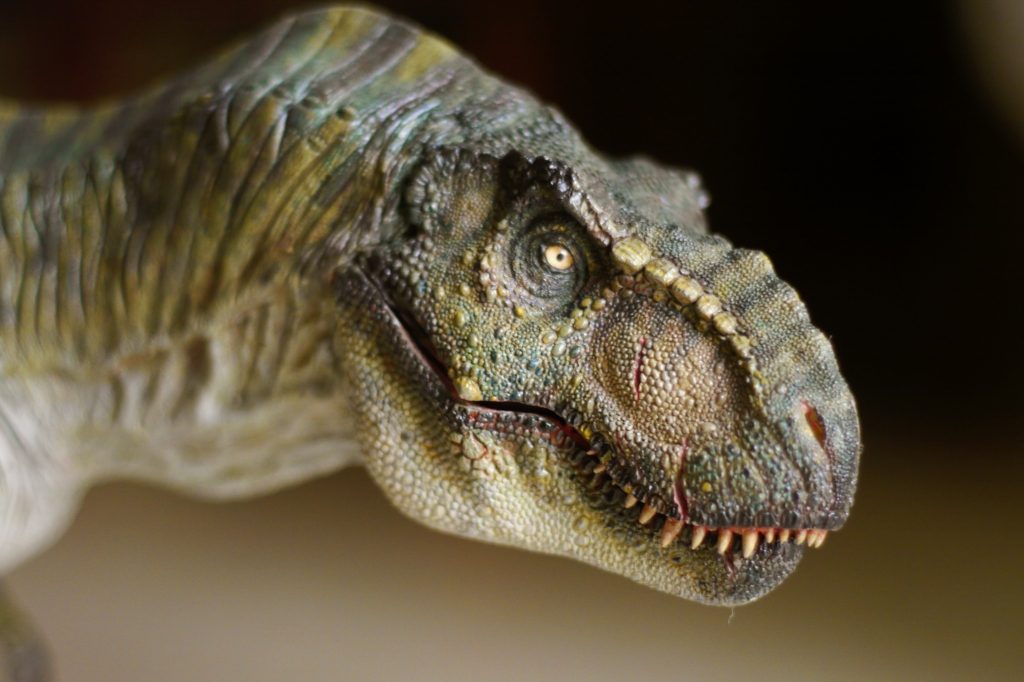-
Tips for becoming a good boxer - November 6, 2020
-
7 expert tips for making your hens night a memorable one - November 6, 2020
-
5 reasons to host your Christmas party on a cruise boat - November 6, 2020
-
What to do when you’re charged with a crime - November 6, 2020
-
Should you get one or multiple dogs? Here’s all you need to know - November 3, 2020
-
A Guide: How to Build Your Very Own Magic Mirror - February 14, 2019
-
Our Top Inspirational Baseball Stars - November 24, 2018
-
Five Tech Tools That Will Help You Turn Your Blog into a Business - November 24, 2018
-
How to Indulge on Vacation without Expanding Your Waist - November 9, 2018
-
5 Strategies for Businesses to Appeal to Today’s Increasingly Mobile-Crazed Customers - November 9, 2018
Rex had steak knife teeth
By studying teeth that had yet to erupt (dinosaurs shed and produced teeth continuously throughout adulthood) in addition to ones that had been used for eating for awhile, the researchers found evidence that odd structures at the bottom of the serrations were there from the start.
Advertisement
“The unusual structure is actually a special arrangement of tooth tissues that increases the size of the serration, strengthening it and preventing it from wearing away quickly”, Dr. Kirstin Brink, the study’s lead author and a post-doctoral researcher at the University of Toronto-Mississauga in Canada, told The Huffington Post in an email.
“What is so fascinating to me is that all animal teeth are made from the same building blocks, but the way the blocks fit together to form the structure of the tooth greatly affects how that animal processes food”, project leader Kirstin Brink of the University of Toronto Mississauga’s Department of Biology, said in a press release. Theropods normally include Tyrannosaurus Rex, turkey-sized Compsognathus longipes, and the lithe Velociraptor. Before carnivorous dinos died out (dinosaurs that were not birds, that is), they prospered for about 165 million years as the planet’s top terrestrial predators. Their work – which was made possible by scanning electron microscopy and other imaging and chemical analysis technologies – proved the dinos’ tooth structure enabled their abilities, and was not simply the byproduct of chewing hard materials.
“They look very similar on the outside”, Brink said. “If you don’t cut them right, you don’t get the information”.
ONLY one reptile living today has the same kind of tooth structure – the three-metre long Komodo dragon from Indonesia.
The study, published in the journal Scientific Reports, claims the Komodo dragon has deeply serrated teeth like dinosaurs that let them tear through the flesh and bone of victims.
“We present the first model for the development of ziphodont teeth in theropods through histological, SEM, and SR-FTIR analyses, revealing that structures previously hypothesized to prevent tooth breakage instead first evolved to shape and maintain the characteristic denticles through the life of the tooth”, they wrote in the paper.
He added, “This brought about a developmental explanation for the tooth formation; the serrations are even more spectacular and permanent”.
Serrated teeth help animals pierce through flesh and hold onto chunks of meat.
“It could take up to two years for a tooth to grow back in the big theropods like T rex”.
Advertisement
Internal dental tissues were arranged in a way that reinforced the strength and prolonged the life of teeth that were serrated like steak knives for easy dismembering of other dinosaurs.




























